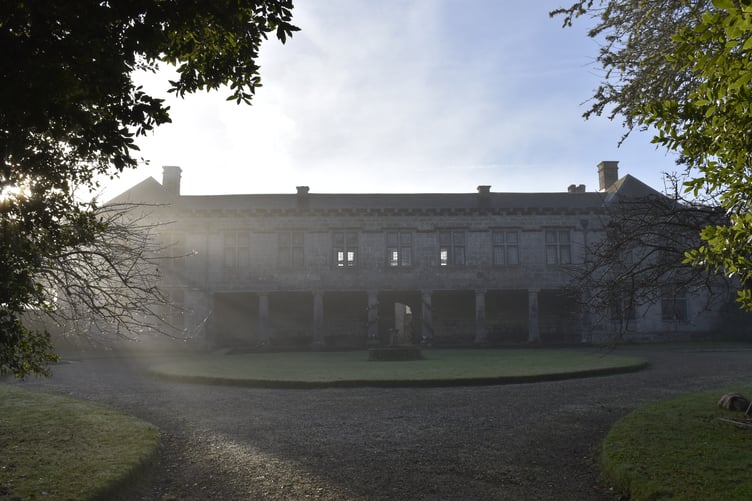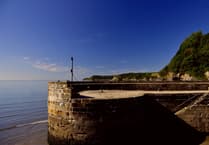Godolghan: Godh – watercourse, Alkan - metal/tin
What3words ///used.upstarts.truly
Godolghan yw manerji ha park gans lowarthow. An hanow yw martesen dhyworth ‘godh’ hag ‘alkan’ po, martesen, ‘gwynn’ hag ‘eryon’. An hanow Godolghan a veu chanjys dhe Wodolphin dhe heveli moy Sowsnek.
Y’n Oos Brons, Bre Wodolghan o dinas. Bolyow a’n Oos Horn a veu kevys yn logel, tokyn a hwelyow. An tir y’n Oos Kresosel o tir kemmyn rag gwigow yn y gerghyn. An tir o devnydhys rag konines, morennow ha balweyth.
Y’n dhewdhekves (12ves) kansvledhen, an teylu Godolgan a gavas an tir ha drehevel manerji kerghynnys gans polgleudh. Dres an pympthekves ha’n seytekves (15ves ha’n 17ves) kansvledhen, an grondow a dheuth ha bos park kerwys ha hwelyow.
An manerji re beu dhe berghenogyon dhivers, ow komprehendya Duk a Leeds. Ny wrug ev godriga ena marnas unweth. Y wobrenoryon a ros dhodho hondloos arghans.
Hedhyw, an stat yw perghennys gans Trest Kenedhlek. An avalennek a veu plansys gans gwydh frooth teythyek.
Godolphin is a manor house and park with gardens. The name perhaps comes from ‘watercourse’ and ‘metal/tin’ or, perhaps, ‘white’ and ‘eagle’. The name Godolghan was changed to Godolphin to seem more English.
In the Bronze Age, Godolphin hill was a hill fort. Axes from the Iron Age were found in a coffin, an indication of mine-workings. The land was common land for surrounding villages. The land was used for rabbits, berries and mine-work.
In the 12th century the Godolgan family acquired the land and built a manor surrounded by a moat. During the 15th to 17th centuries, the grounds became a deer park and mine-works.
The manor has had various owners including the Duke of Leeds. He visited only once. His tenants gave him a silver greyhound.
Today, the estate is owned by the National Trust. The orchard was planted with local fruit trees.
An Rosweyth promotes the use of the Cornish language. www.speakcornish.com





Comments
This article has no comments yet. Be the first to leave a comment.